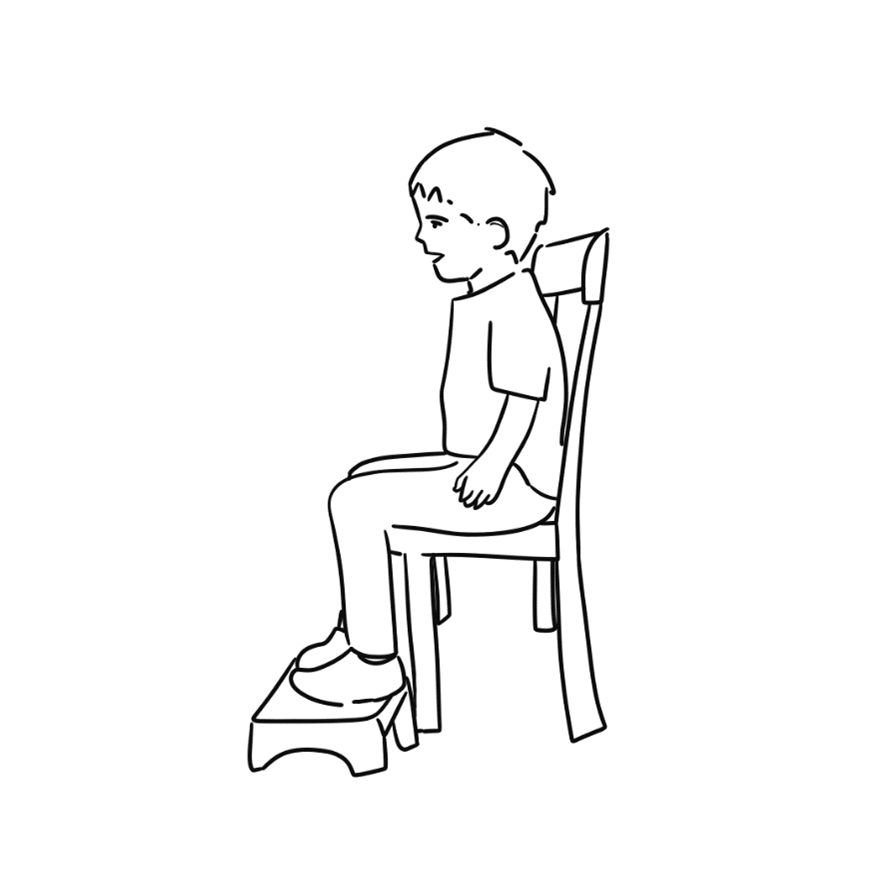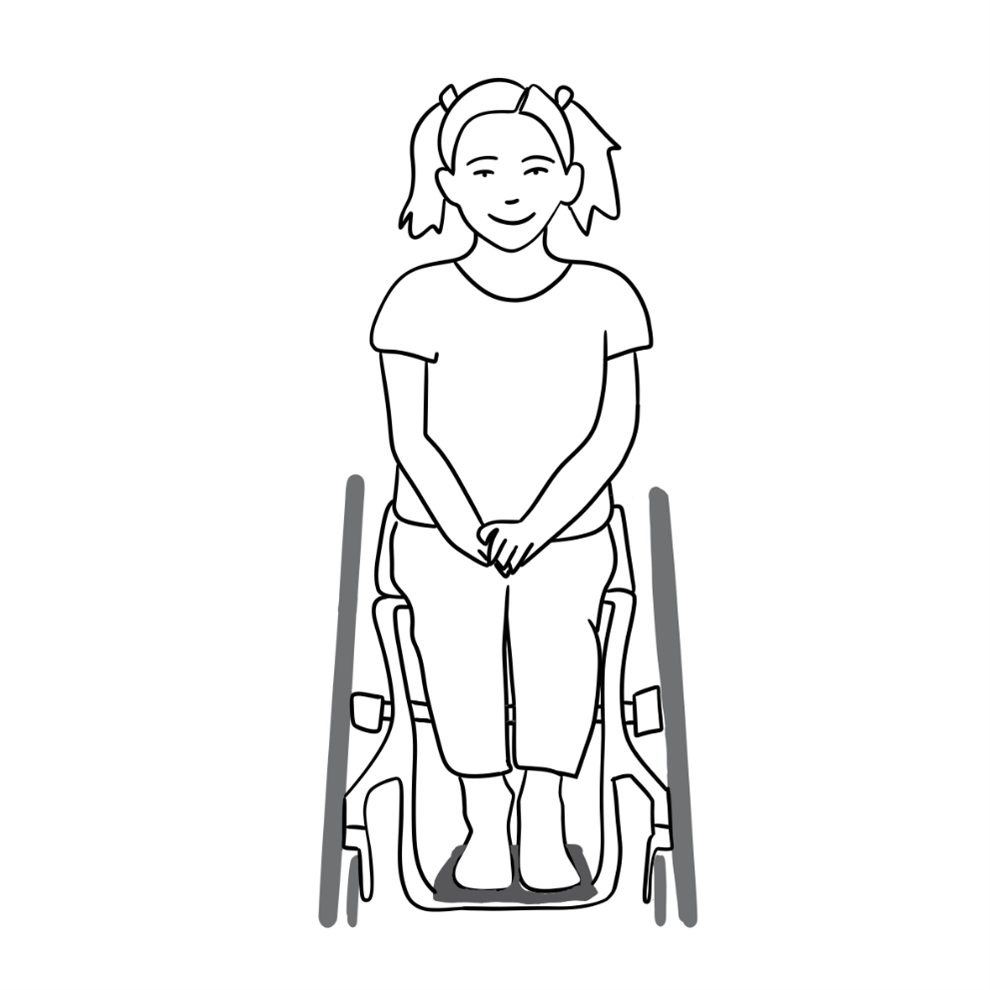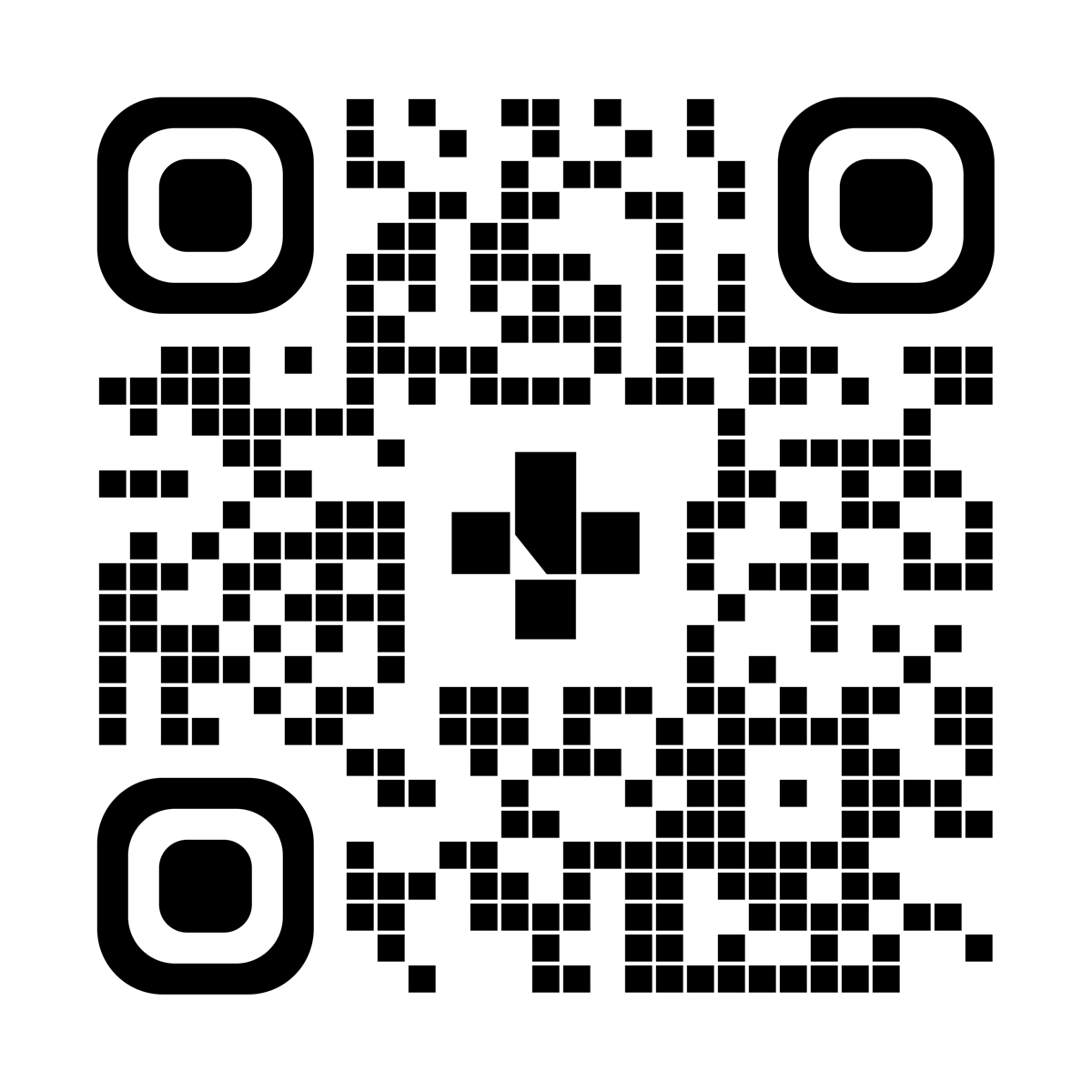Your Child’s Equipment
Learn about positioning
Why is positioning important?
Positioning is important for overall body health. It helps prevent sore muscles and joints and makes activities easier. Throughout the day, people move through many positions. Try to aim for good positioning 80% of the day.
Some children have limited mobility or can’t change position on their own. It’s extra important that these children keep their bodies in a good position for most of the day. Without good positioning, they are at higher risk of:
- changes to their bones (postural deformities)
- secondary complications, like issues with breathing, digestion, or joints
- losing mobility and function
What is good positioning?


Good positioning supports your child’s body and allows them to be comfortable, safe, and participate in activities. For most people, good positioning means:
- body is symmetrical and both sides look similar
- weight is even through the feet (standing) or through the bottom and thighs (sitting)
- head is neutral and in the middle
- hands are forward and free to be used
Good positioning may look different for children who are unable to position themselves independently. A pediatric therapist can help determine what good positioning will look like for your child.
Equipment to support positioning
If your child needs support to get into and maintain a good position, equipment can help. Your therapist can identify what type of positioning equipment is best for your child. This may include:
- bath seats
- standing frame
- toilet seat
- shower commode
- wheelchair
- feeder seat
- activity chair
Helping your child get into a good position
Here are some tips to get your child into a good position during the day, whether they’re in equipment or out of equipment. If your child uses equipment, learn about how to use belts and straps.
1. Start with your child’s pelvis. Make sure their bum is back and weight is even on both sides.
- If the seat is too deep when your child sits in a high chair or a regular chair, put something like a book or cushion behind their back to fill up space.
- If your child is using a wheelchair, please do not add any pillows, towels, or additional cushions. Contact your therapist and get it adjusted for a better fit.
- To get their bum all the way back, have your child lean forward (nose over toes) and then push through their feet. Or move them back yourself.
- If the equipment has a pelvic belt, secure it now.
2. Move down to legs and feet. Make sure their thighs are taking weight and feet are supported.
- Both knees should point forward and be level.
- If feet are dangling, use a stool or books to support them.
- If the equipment has footrests, adjust them for a better fit instead of adding items for their feet to rest on.
- If the equipment has foot straps, fasten them now.
3. Move up to their trunk. Make sure your child isn’t leaning to either side.
- Some children have trunk supports to keep them from leaning.
- A tray, table, or armrests can all help keep arms comfortable and forward.
- If the equipment has a chest strap, secure it now.
4. Last step is the head. Your child’s head should be in the middle and eyes looking level.
- Some children need a head support to keep their head in a good position.
- The body must be lined up and in a good position for the head to be in a good position.
- If your child’s head tends to fall forward, tilting the equipment back a bit can make head positioning better.
5. Take a photo of your child in good position in their equipment. This helps other caregivers see when positioning needs to be adjusted.
When should you call for help?
As children grow, positioning needs change. If you’re struggling to get your child into a good position, or the equipment they’re using doesn’t support them like it was, please talk with a pediatric occupational therapist or pediatric physiotherapist.
To see this information online and learn more, visit MyHealth.Alberta.ca/health/aftercareinformation/pages/conditions.aspx?hwid=custom.ab_equipment_positioning_child_inst.

For 24/7 nurse advice and general health information call Health Link at 811.
Current as of: March 1, 2024
Author: Pediatric Rehabilitation Services, Alberta Health Services
This material is not a substitute for the advice of a qualified health professional. This material is intended for general information only and is provided on an "as is", "where is" basis. Although reasonable efforts were made to confirm the accuracy of the information, Alberta Health Services does not make any representation or warranty, express, implied or statutory, as to the accuracy, reliability, completeness, applicability or fitness for a particular purpose of such information. Alberta Health Services expressly disclaims all liability for the use of these materials, and for any claims, actions, demands or suits arising from such use.
